Carnivals in Cusco are one of Peru’s most anticipated and iconic celebrations. Held between February and March, the festival date changes yearly based on the liturgical calendar, kicking off a season filled with music, dance, and ancestral traditions. During this time, Cusco bursts into life with joy and color, offering both locals and visitors a chance to experience cultural activities that highlight the region’s rich heritage.
Curious about what Cusco and the Sacred Valley carnivals are like? Keep reading to find out everything you need to know and why experiencing Cusco’s carnival is something you won’t forget.
The essence of Carnivals in Cusco
Cusco’s carnival is a vibrant cultural expression that brings the entire community together. The celebration kicks off with pre-festival activities in local neighborhoods, where groups organize dance troupes and rehearse traditional performances.
One of the most iconic traditions is the "yunza" or "cortamonte," where a tree decorated with gifts becomes the centerpiece of the celebration. People gather around it, dancing and taking turns cutting the tree until it falls, releasing the prizes and symbolizing prosperity and good fortune. Another key feature of Cusco’s carnival is the playful yet respectful use of water, talcum powder, and colorful confetti, representing purification and renewal.
When are the Carnivals in Cusco 2025?
Cusco’s 2025 carnival will occur on Sunday, March 9, at the iconic Plaza de Armas, starting at 9:00 AM.
Key pre-carnival festivities include:
- Comadres Day: Thursday, February 27, 2025
- Compadres Day: Thursday, March 6, 2025
- Kacharpari (Farewell Celebration): Sunday, March 16, 2025
The main celebration (March 9th)
On the central day of the festival, the Plaza de Armas becomes the heart of the celebration. Public and private institutions gather to showcase an impressive cultural display. Dance troupes, traditional ensembles, and colorful parades fill the square, bringing to life vibrant costumes and choreographies that reflect the deep-rooted culture of the region.
Many of these groups have earned recognition in prestigious carnival festivals across the Sacred Valley of the Incas and the Southern Valley, ensuring a top-tier spectacle for all attendees.
The infectious rhythms of Andean music, lively huaynos, and melodies performed by local bands create an irresistible atmosphere. Both locals and tourists join in the festivities, dancing and celebrating in a collective spirit of joy and unity.
Water and paint games
Young people and adults eagerly take part in playful battles with water, talcum powder, and confetti. This lively tradition goes beyond fun—it symbolizes purification and renewal, filling the streets with laughter and color.
Parades and contests
Dance troupes fill the streets, competing to showcase their best performances, colorful costumes, and traditional choreography that reflect the rich cultural heritage of Cusco.
Yunza or cortamonte
A tree decorated with gifts stands at the center of the celebration, drawing everyone into a circle of dance and music. With each swing of the axe, excitement builds until the tree finally falls, sending people rushing to grab the gifts. This moment brings joy and represents prosperity for the year ahead.
Compadres and Comadres Festival in Cusco
Compadres’ Day: A humorous tribute
On Compadres’ Thursday, women take the spotlight by creating rag dolls humorously representing the men in their lives. These dolls called compadres, wear borrowed men's clothes, which women cleverly "acquire" the day before. The dolls are hung on poles, balconies, plazas, and markets in Cusco, accompanied by witty signs that highlight exaggerated or funny traits of the men, sparking laughter and conversation among neighbors. The celebration continues with lively gatherings where women treat the men to music, dancing, and traditional food in a warm and cheerful atmosphere.
Comadres’ Day: A playful revenge
One week later, it’s the men’s turn to return the favor on Comadres’ Thursday. They craft rag dolls dressed in women’s clothing, also humorously "borrowed" in a lighthearted manner. These dolls appear in key spots around the city, accompanied by satirical messages that playfully highlight the women's quirks and traits—all in the spirit of fun and mutual respect.
To wrap up the day, men organize special events for the women, filled with music, traditional dances, and delicious Peruvian gastronomy Cusquenian dishes, ensuring a joyful and festive atmosphere.
The playful exchange between compadres and comadres represents harmony between men and women and highlights the importance of sharing laughter and joy before the grand carnival begins.
The grand finale (remate) of Carnivals in Cusco
The grand finale (remate) of Carnival in Cusco, known as kacharpari, marks the end of one of Peru’s most vibrant and cherished celebrations. This special event takes place on the Sunday following the main carnival day, bringing locals and visitors together once again for a day filled with music, dance, games, and traditions that strengthen Andean cultural identity. Streets, plazas, and neighborhoods transform into lively stages, where the community celebrates unity and bids farewell to the festivities with hope for the year ahead.
What to expect? » One of the most anticipated moments is the reenactment of the yunza or cortamonte, a cherished tradition where a tree decorated with gifts stands in community spaces and plazas. As music fills the air, participants dance around the tree, taking turns to chop it down little by little. Once it falls, people rush to grab the hanging gifts, sharing laughter and excitement in a symbolic gesture of abundance and good fortune.
Carnival beyond Cusco city
Carnival festivities aren’t limited to the city of Cusco. In the surrounding provinces, the celebration takes on unique characteristics, enriching the festival with cultural diversity and local traditions.
- Sacred Valley of the Incas (Pisac, Calca, Lamay, and Urubamba): These towns celebrate with ancient dances and food fairs where visitors can enjoy traditional Andean dishes.
- Southern Valley (San Jerónimo, Oropesa, and Tinta): Famous for the Carnaval de Tinta, where women take center stage, showcasing a rich cultural heritage rooted in both Inca and colonial times.
- Quillabamba: Thanks to its warm climate, the festivities here feature lively water festivals, energetic parades, and markets offering exotic local products.
What to eat at the Carnivals in Cusco?
No celebration in Cusco is complete without its traditional cuisine. During Carnival, a special gastronomic festival takes place, offering some of the region's most iconic dishes.
One of the highlights is puchero or t’impu, a hearty stew made with beef, lamb, and Andean vegetables such as potatoes, cabbage, and chickpeas, complemented by sweet additions like peaches and pears. This flavorful dish is seen as a symbol of abundance and prosperity. The celebration wouldn’t be complete without chicha de jora or frutillada, a traditional fermented corn drink that perfectly accompanies the feast.
Carnival in Cusco today
The spirit of Cusco’s Carnival remains strong, thriving in both urban areas and rural communities. In the city, streets come alive with colorful decorations and playful dolls, while older neighborhoods host traditional events like dance competitions and Quechua performances, preserving the essence of the festival.
Despite the passage of time, Cusco’s Carnival continues to blend ancient traditions with modern influences, offering a unique experience for those eager to immerse themselves in Andean culture. Whether it’s the music, food, or the infectious joy of the people, this celebration stands as a testament to a community that proudly keeps its heritage alive.

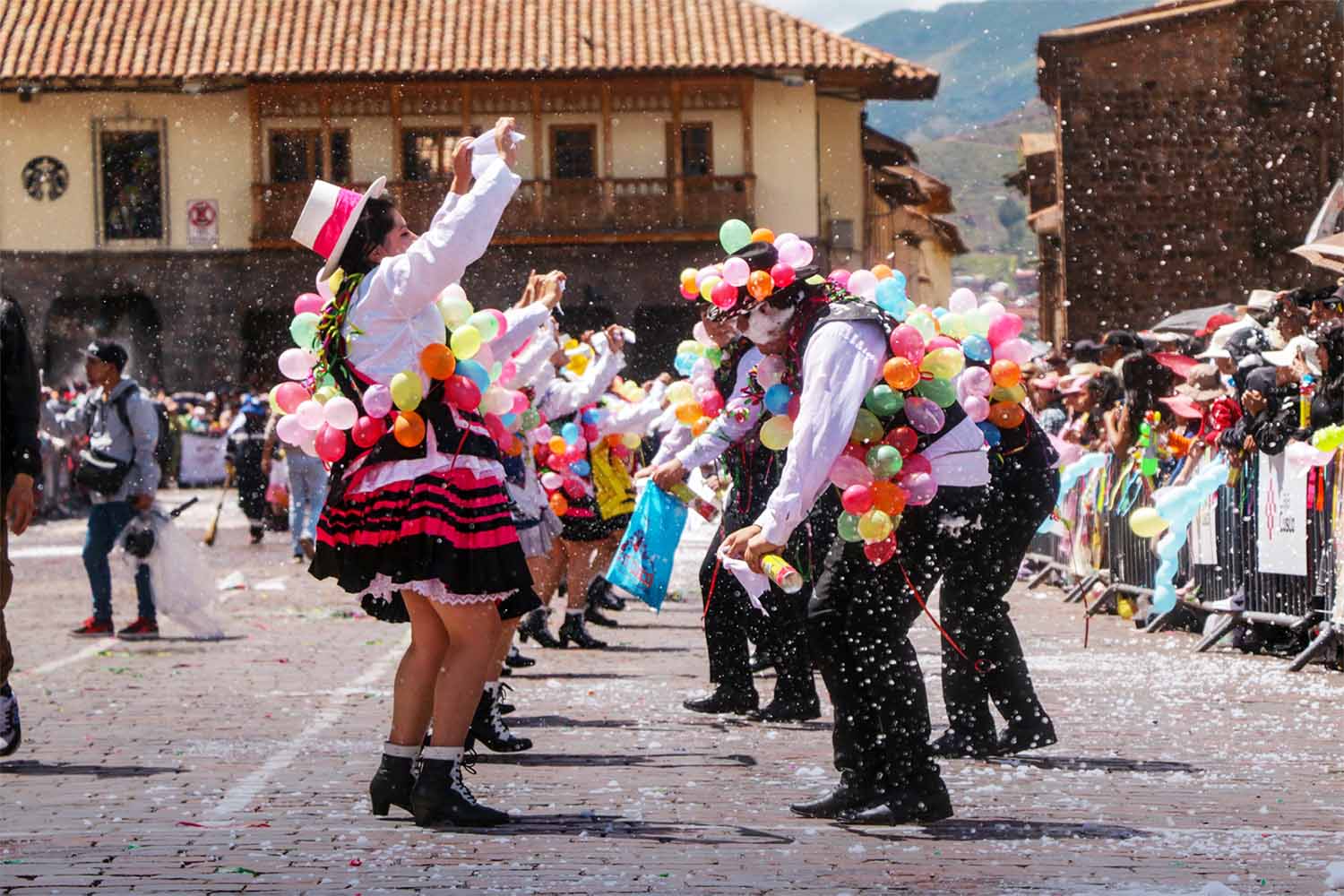
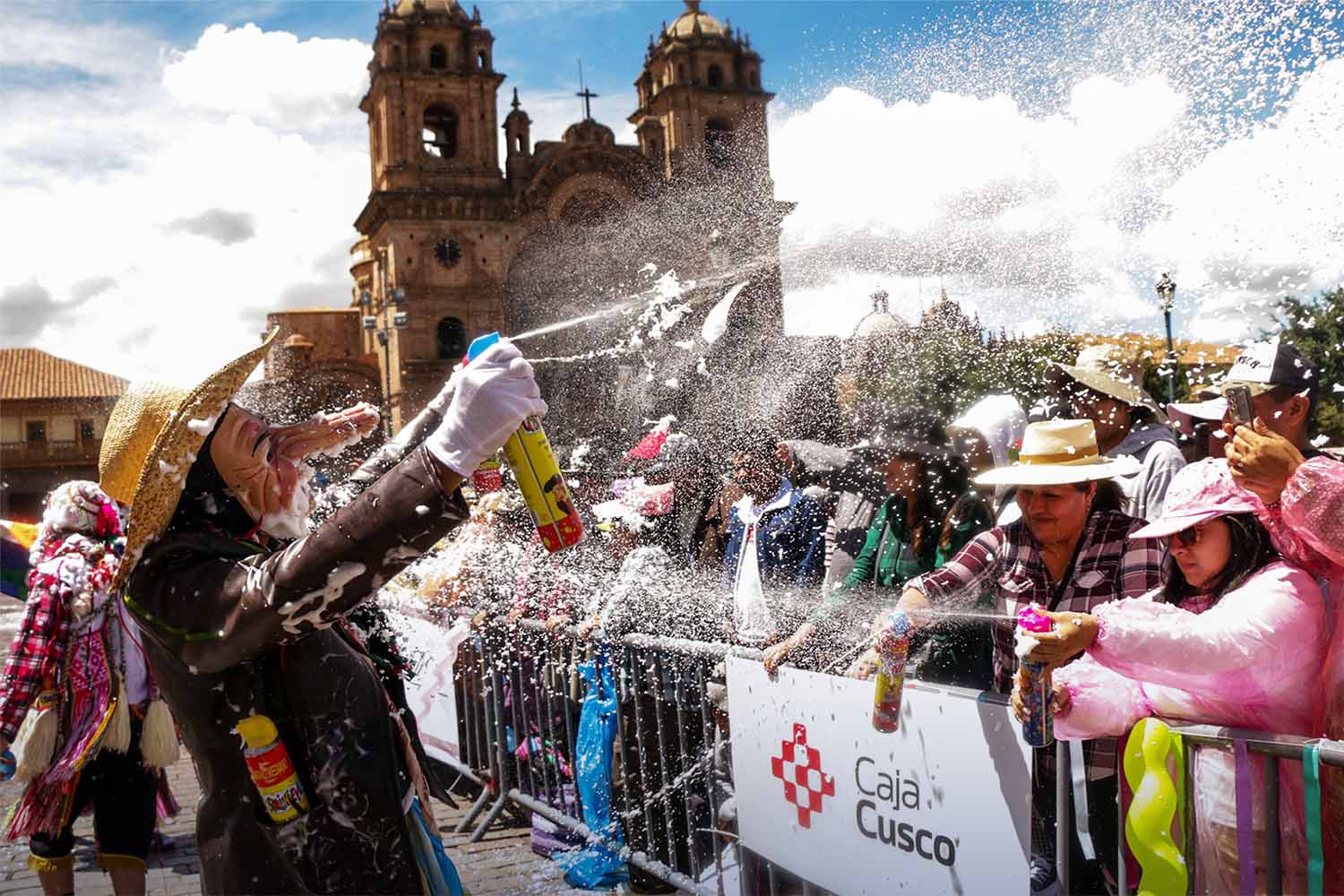
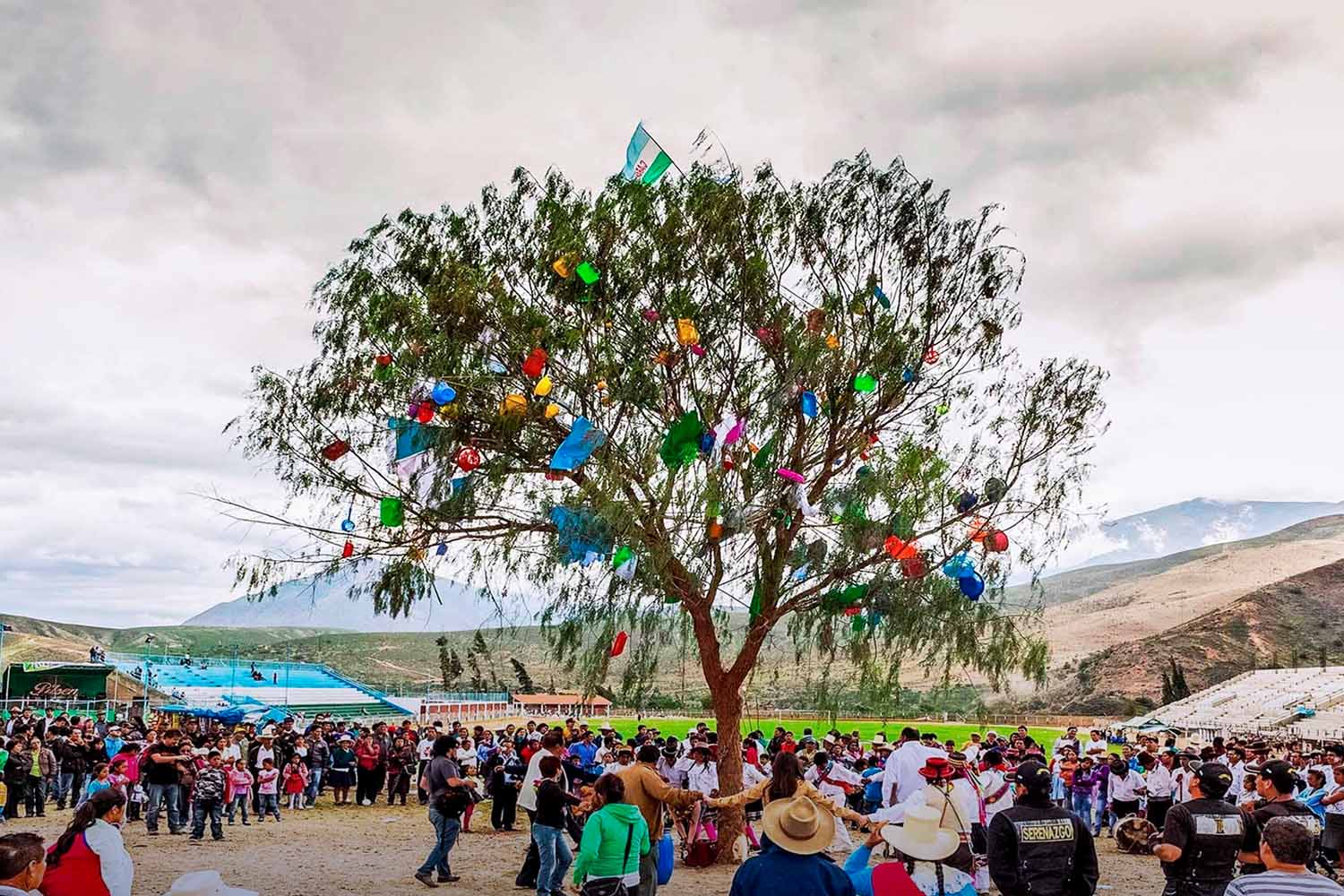
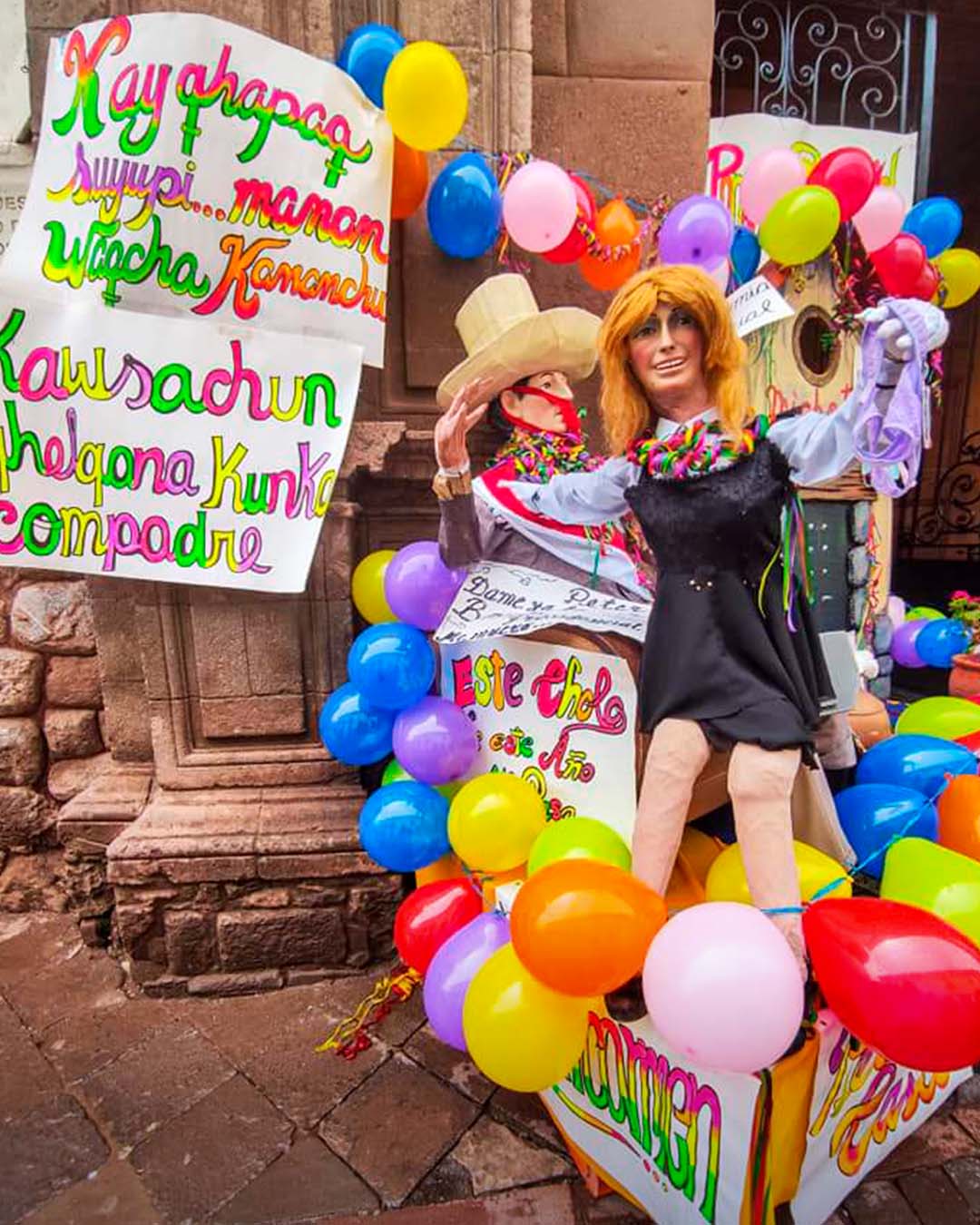
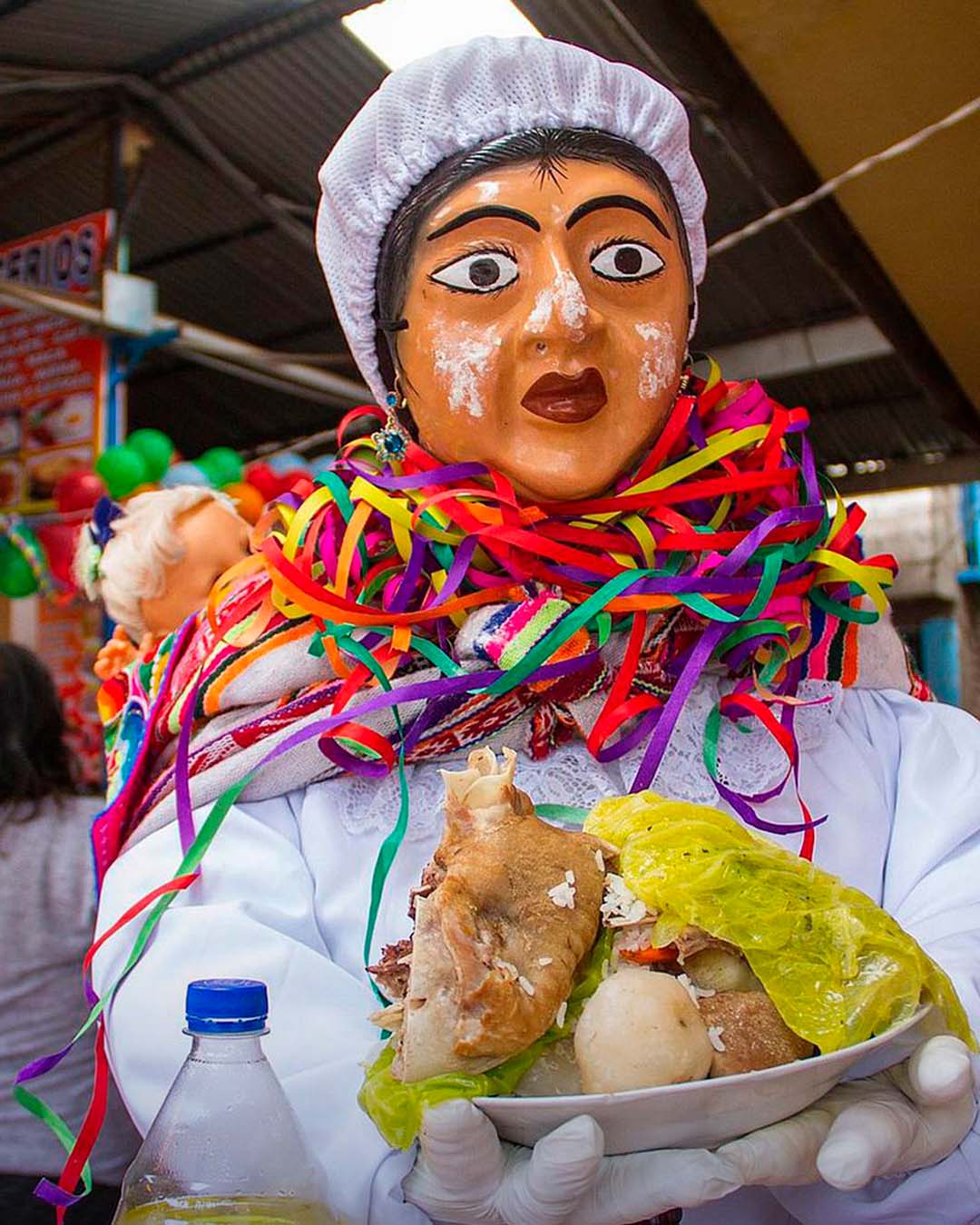
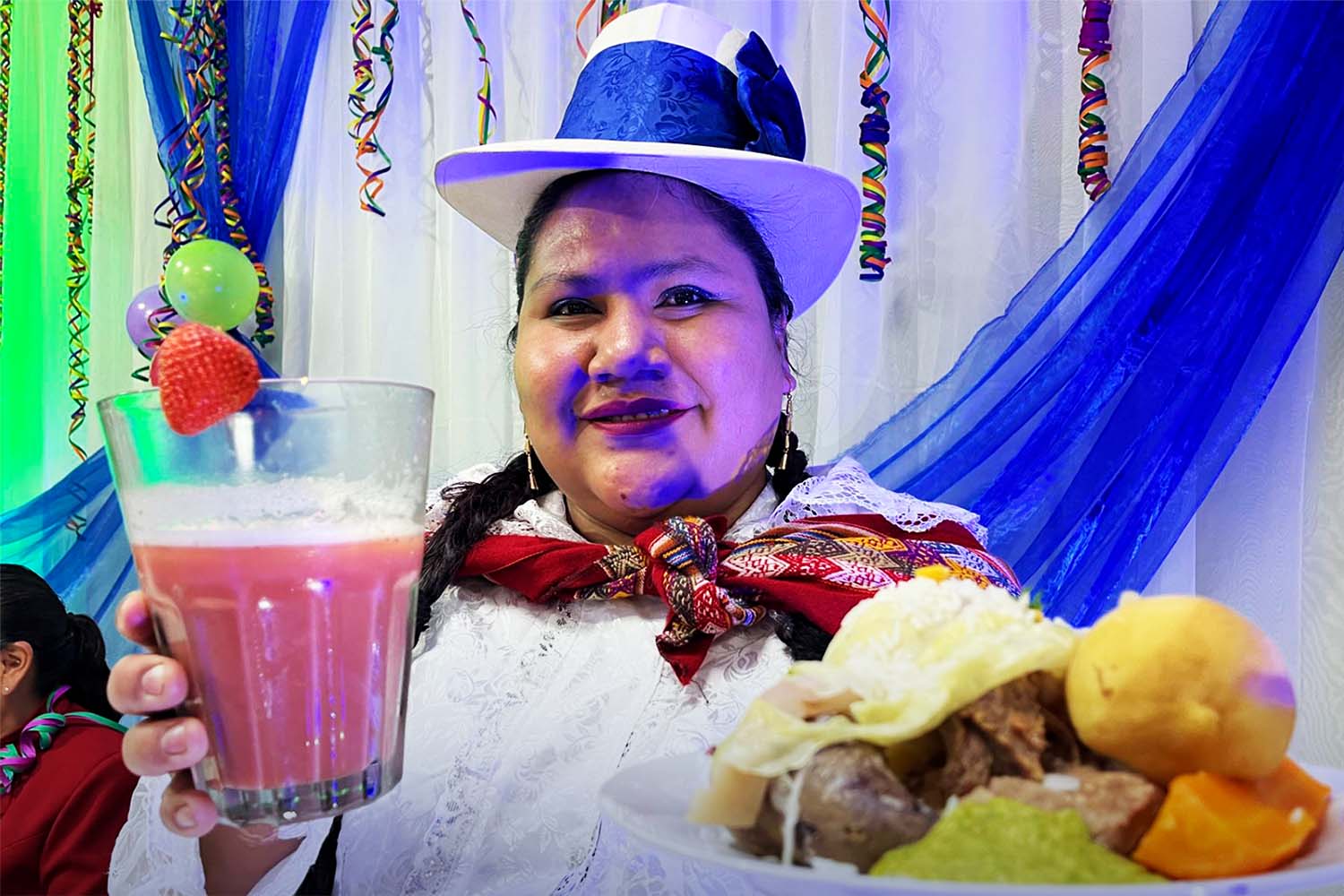
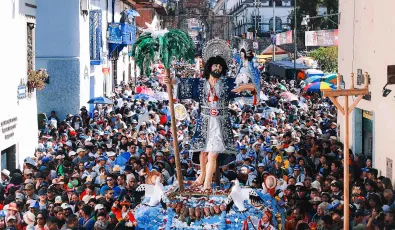
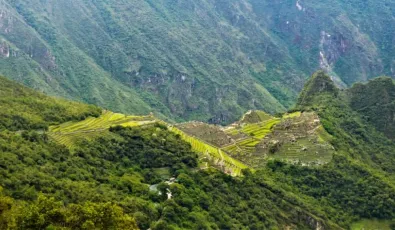
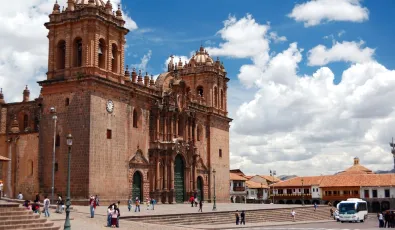
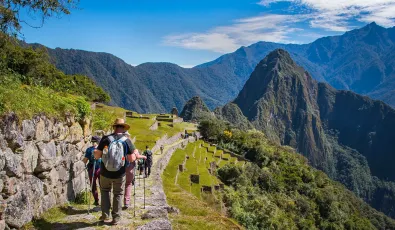

Add new comment